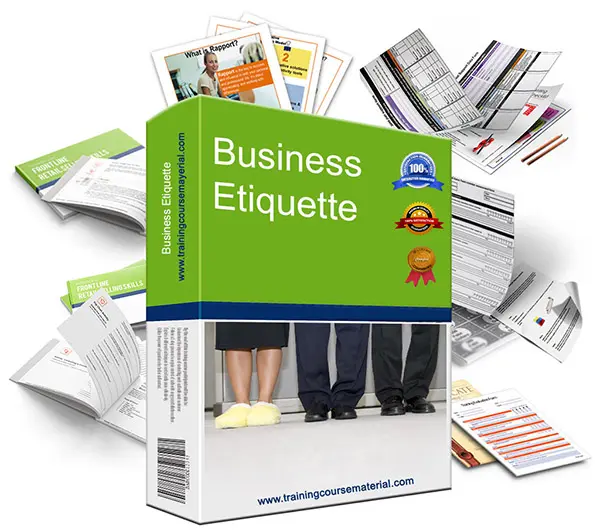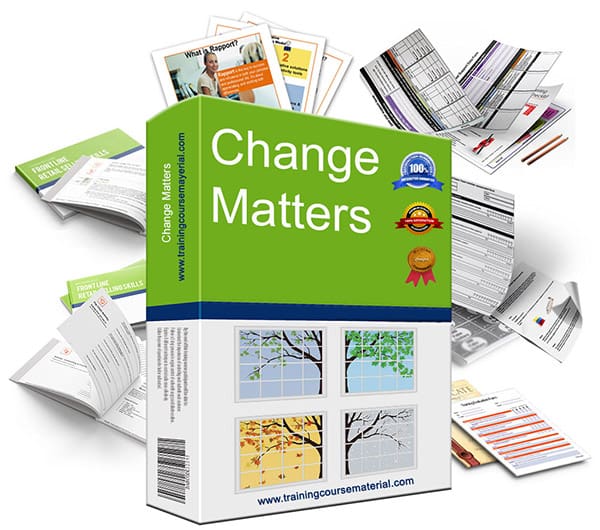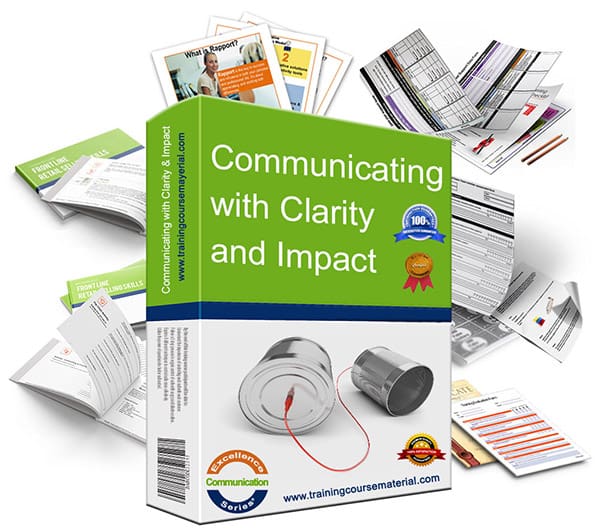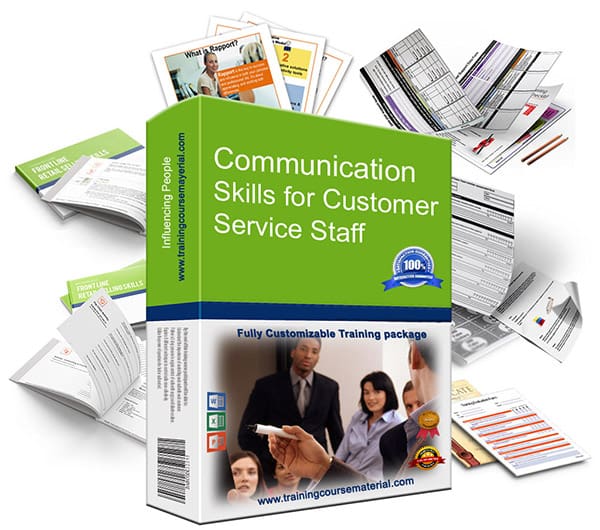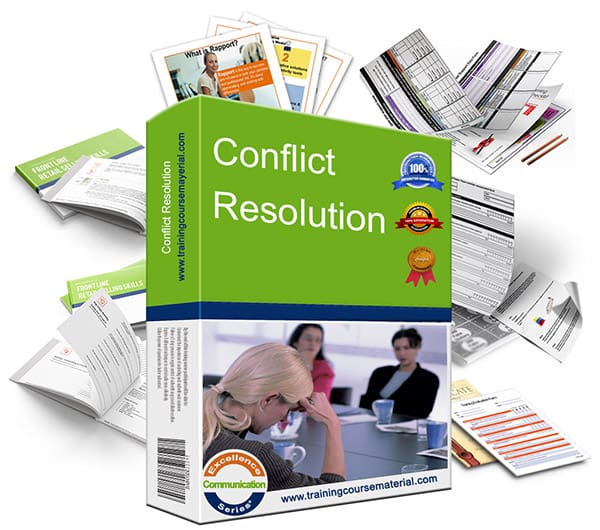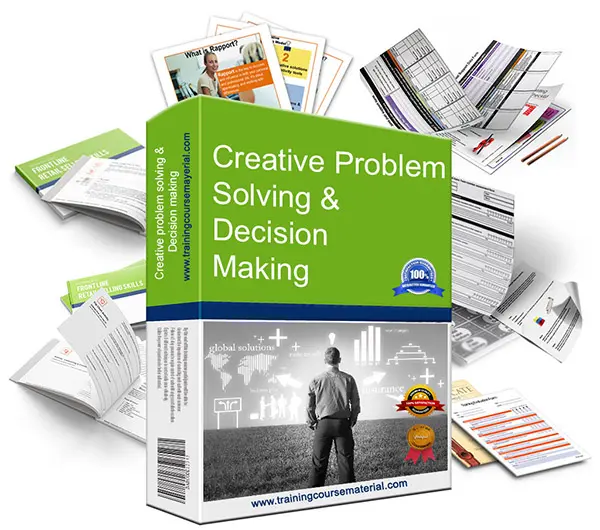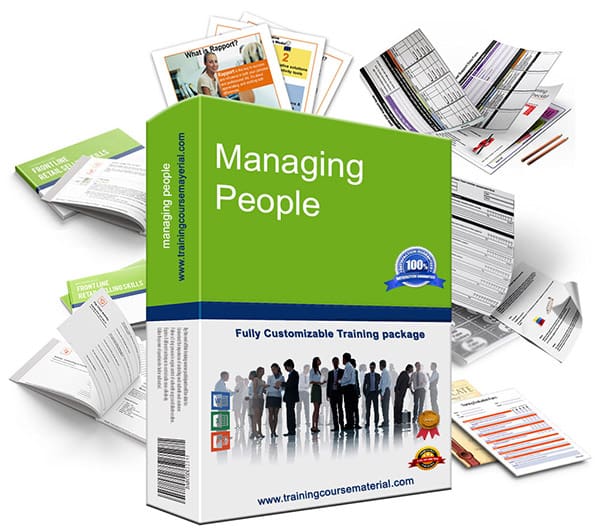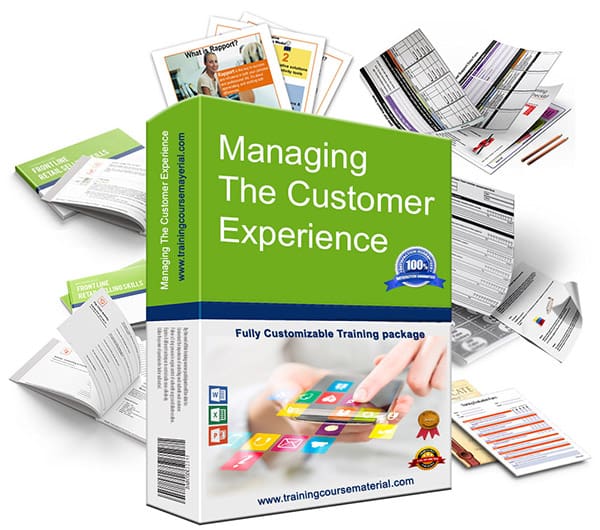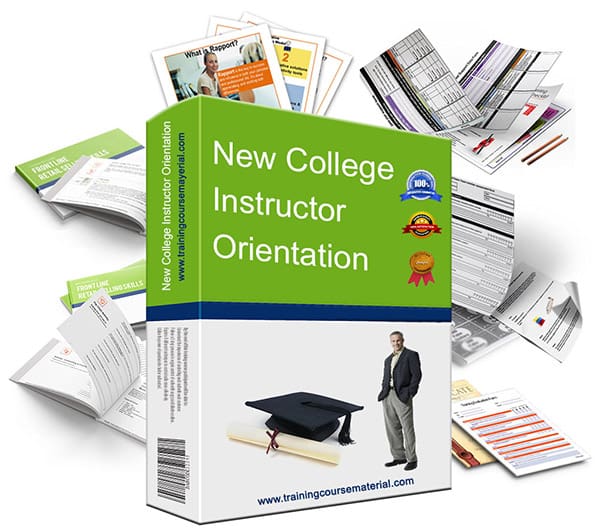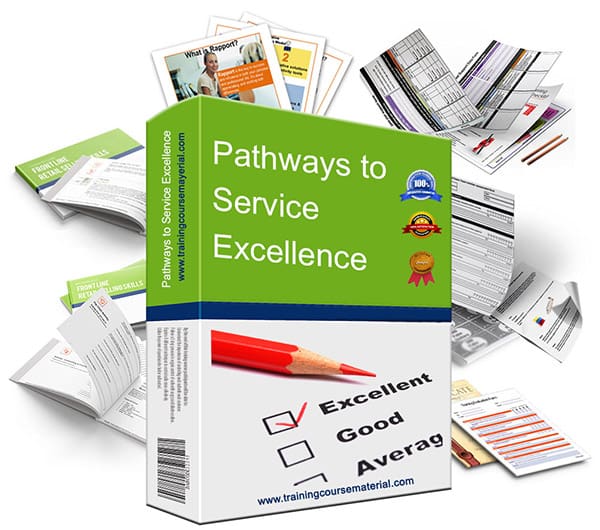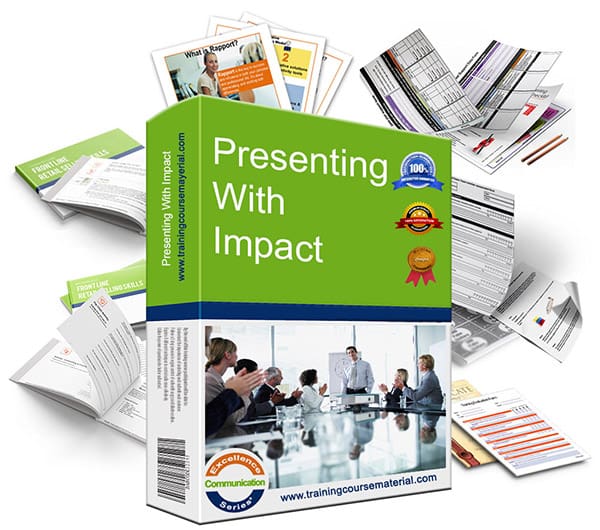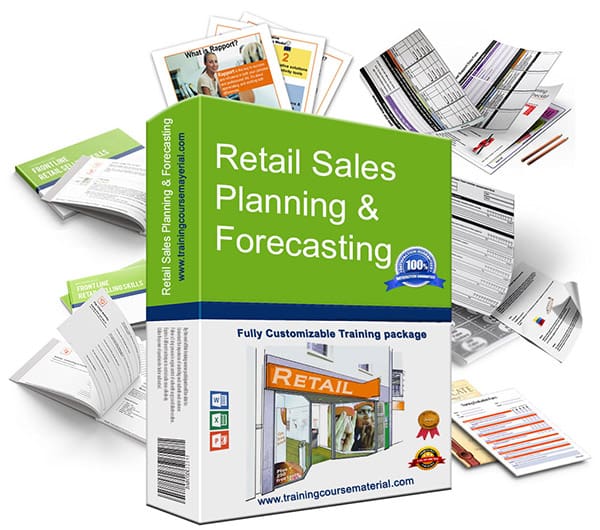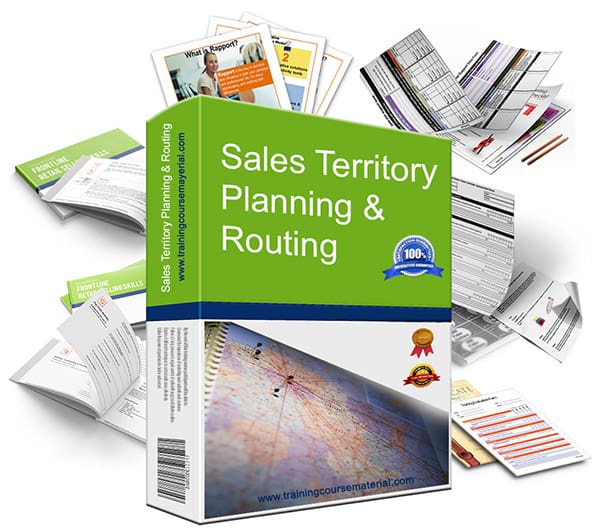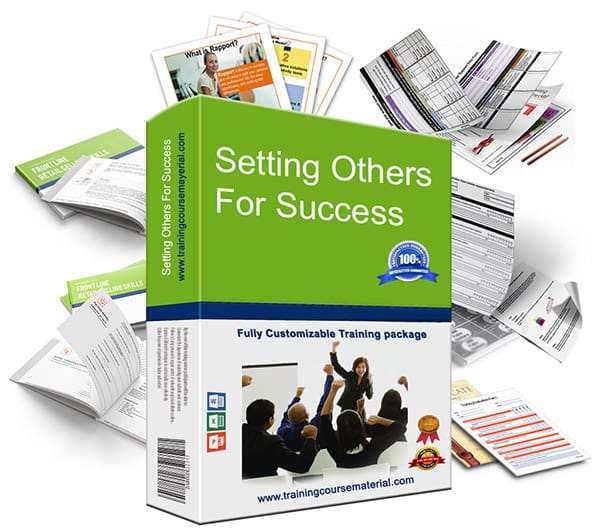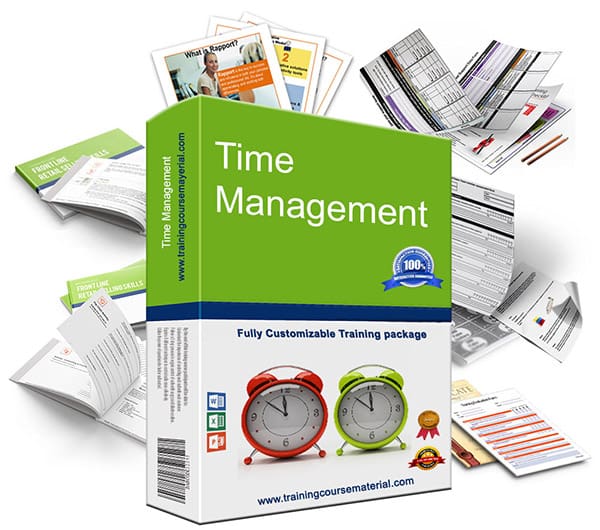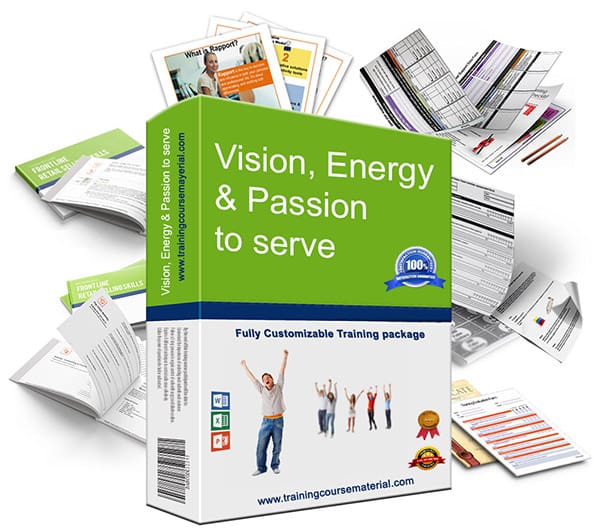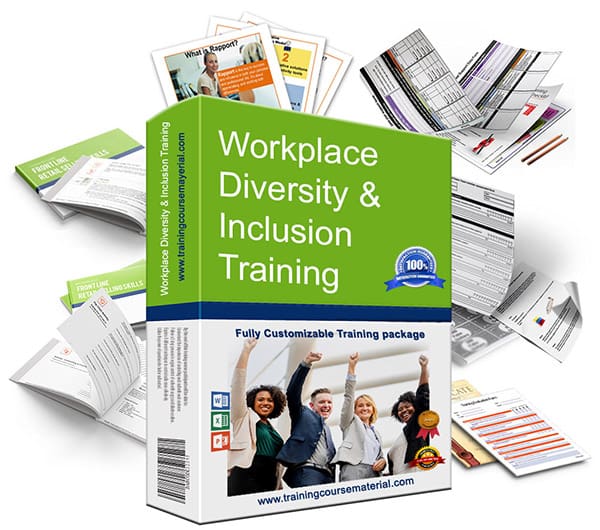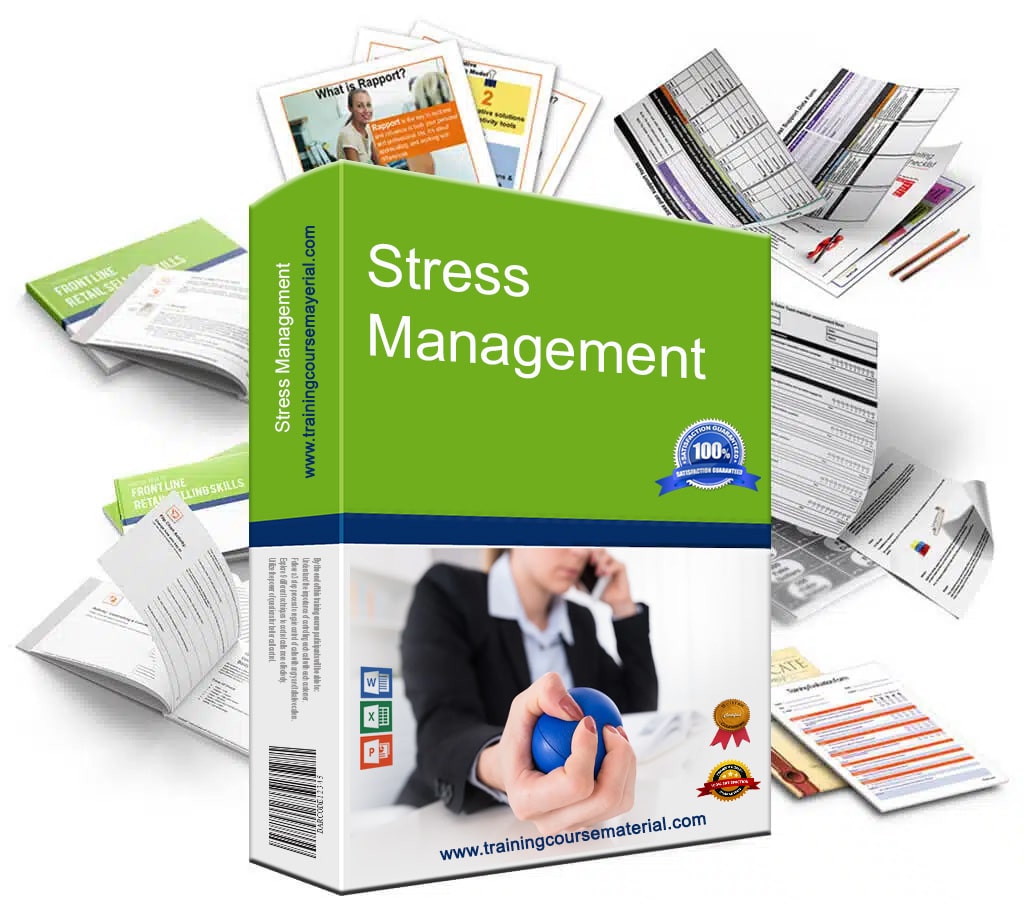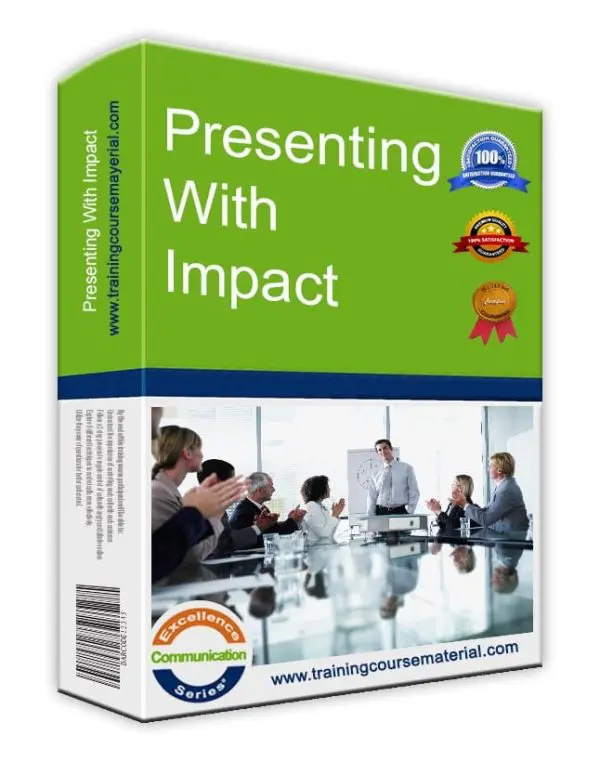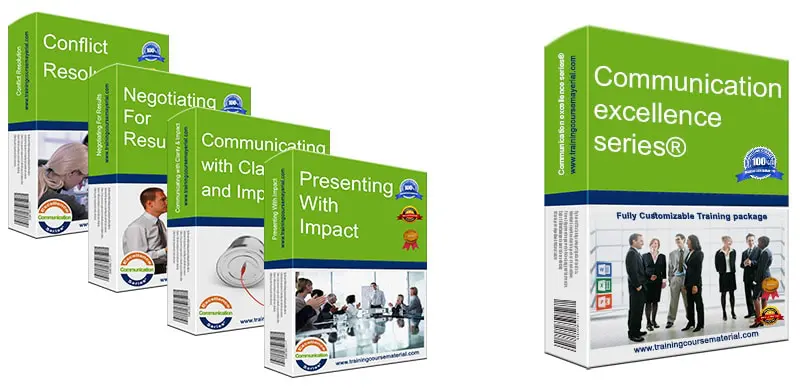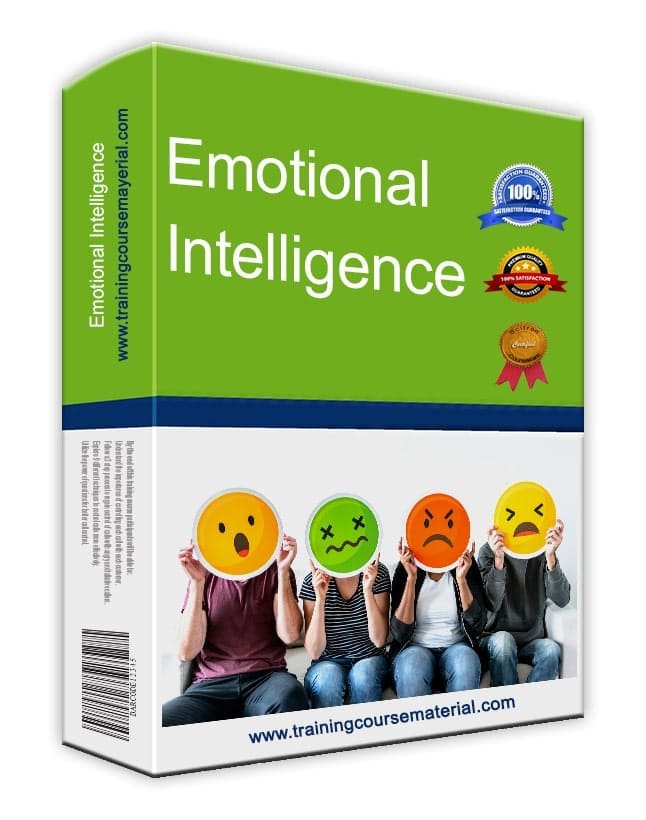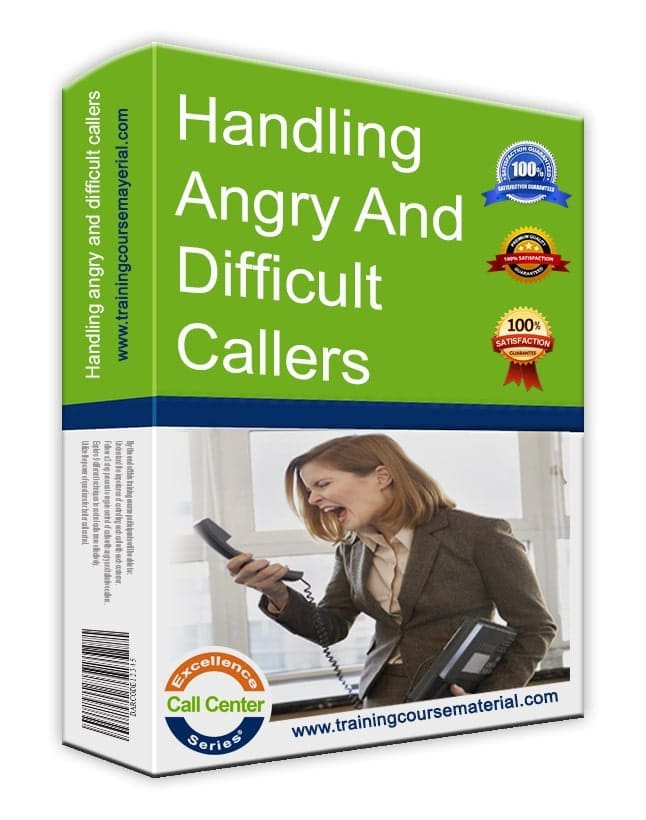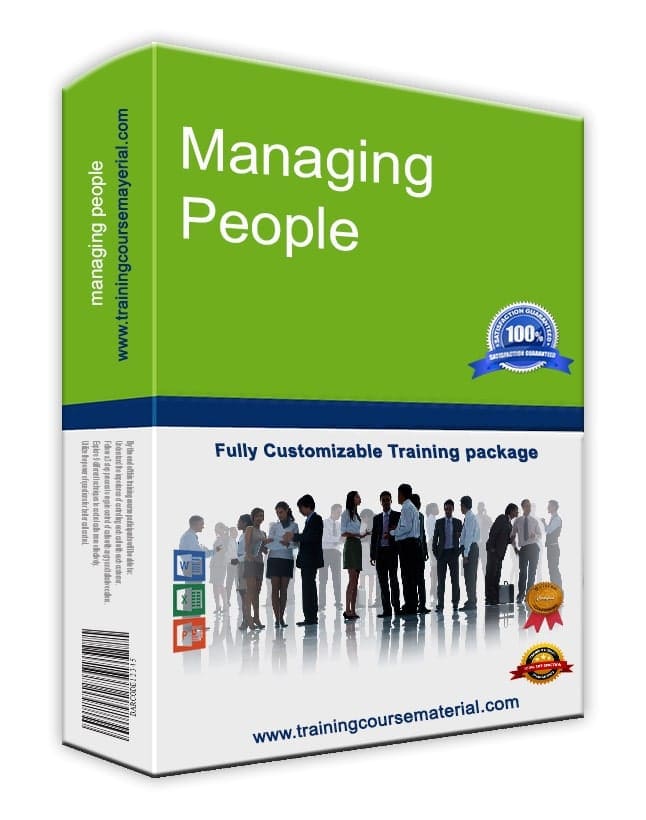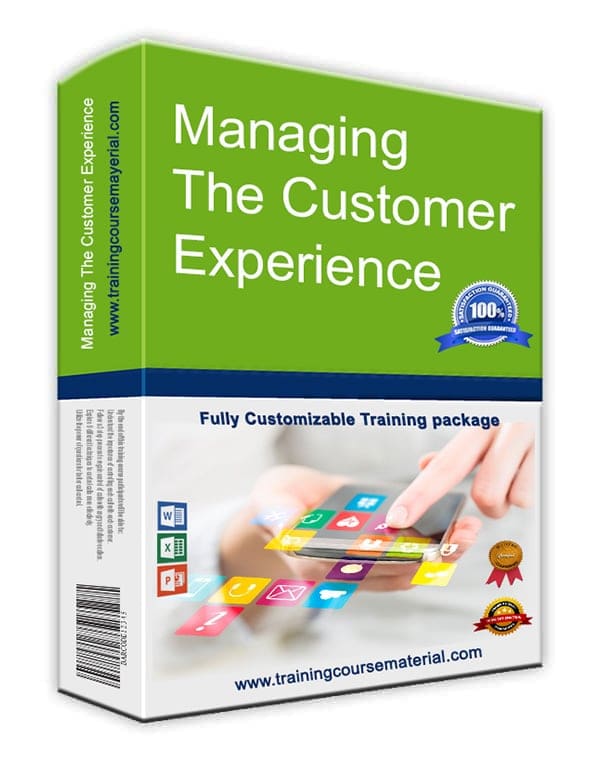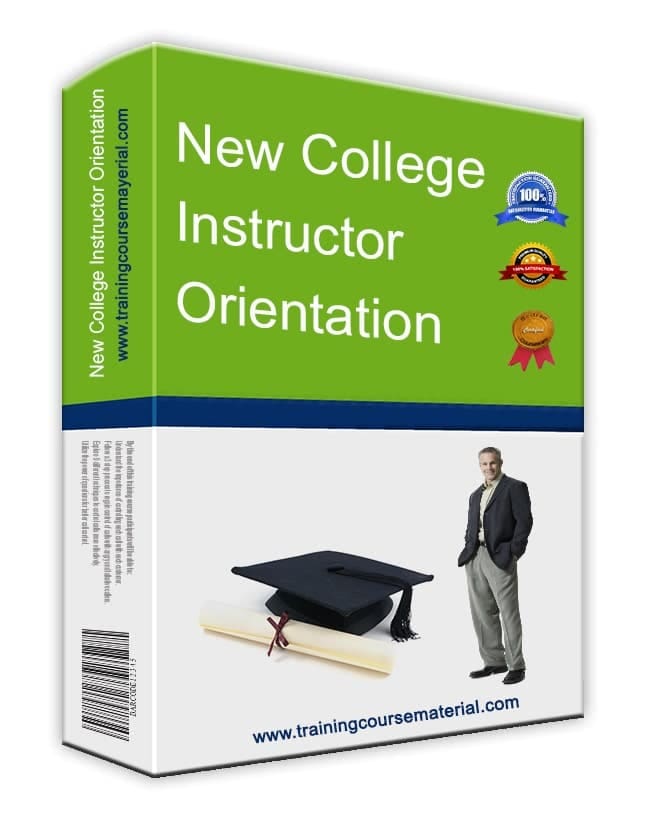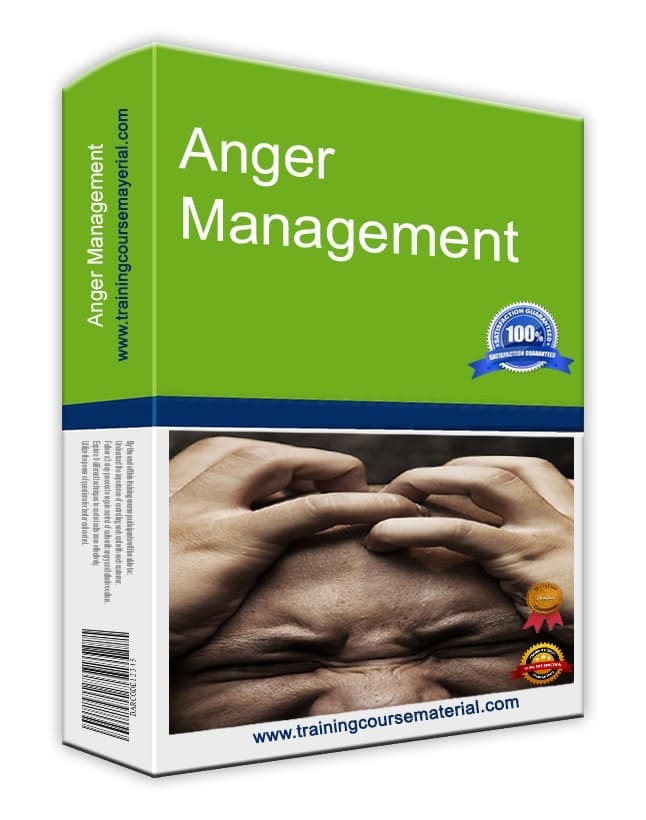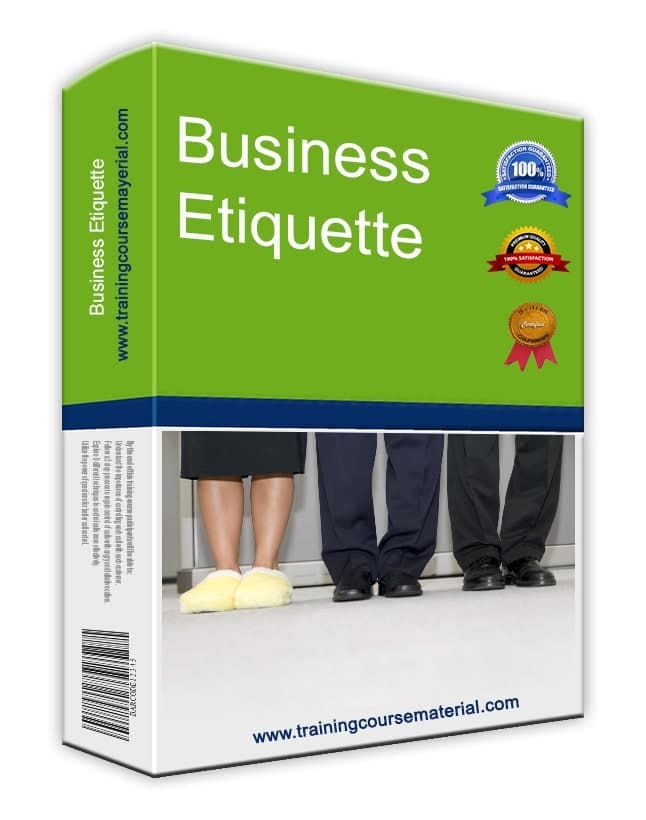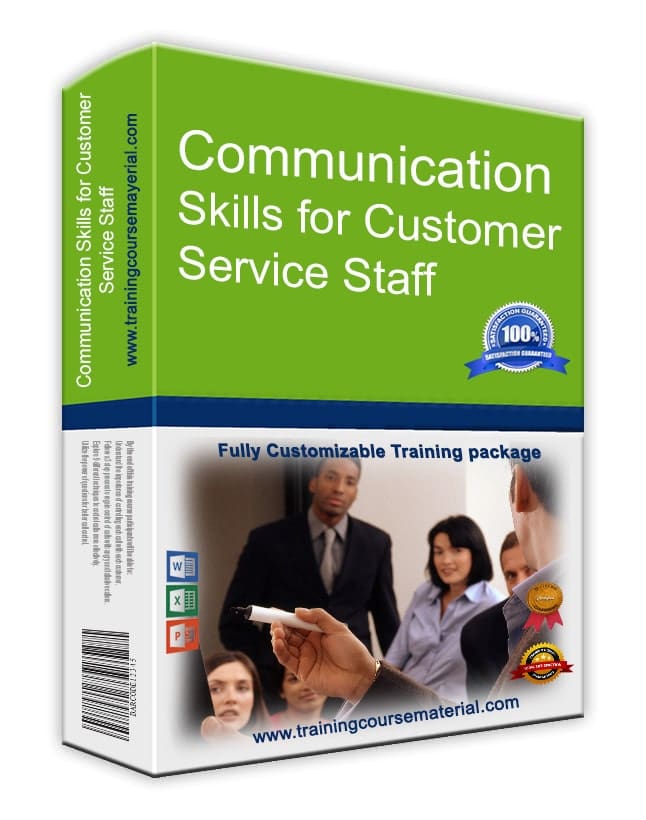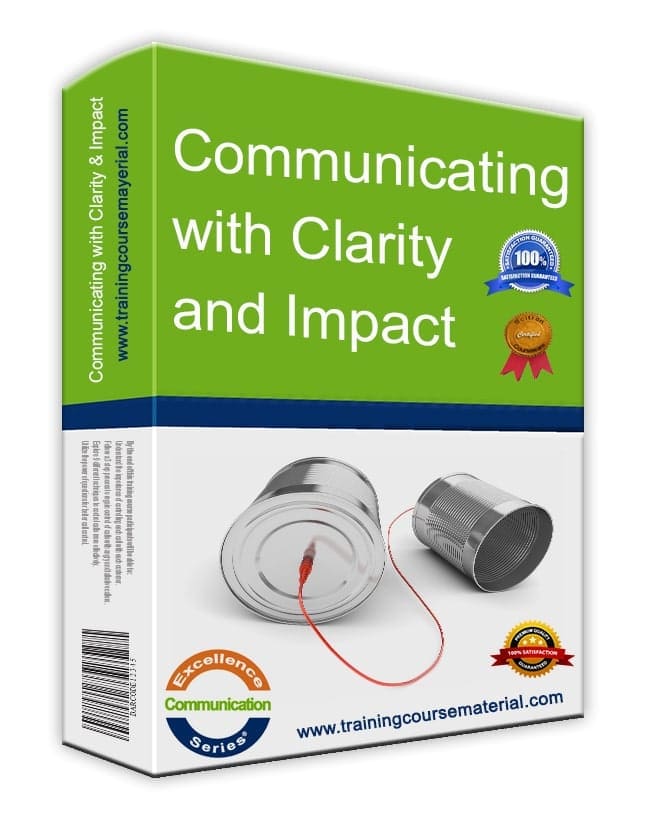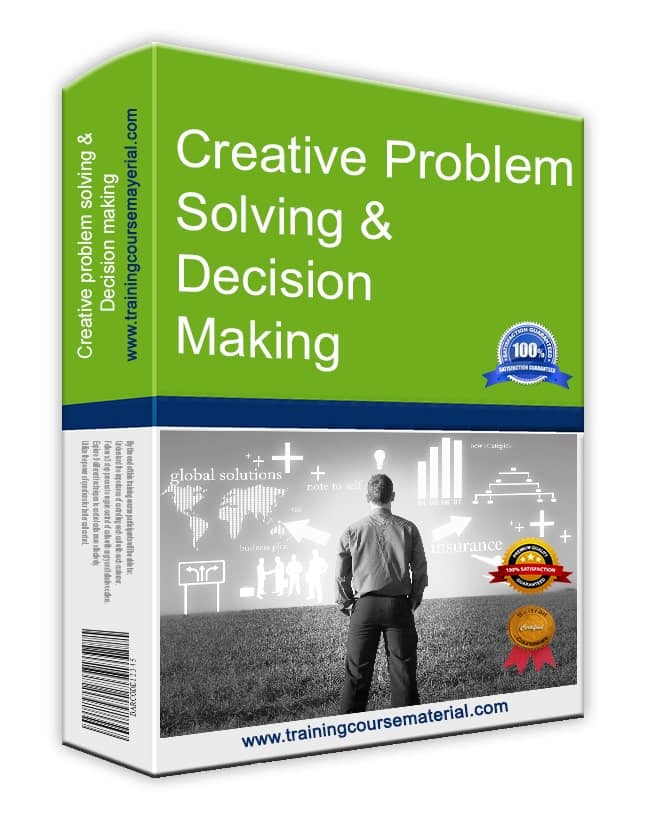Written by TrainingCourseMaterial.com – corporate training specialists with over 15 years of experience helping professionals present with clarity and confidence.
The more you know about your audience, the more relevant—and persuasive—your presentation becomes. Taking the time to understand who's in the room isn't just a nice-to-have; it's a strategic step that can make or break how your message lands.
Why Audience Knowledge Gives You an Edge
Tailoring your presentation to your audience means fewer blank stares and more nodding heads. It shows respect. It builds trust. And it increases your chances of delivering a presentation that sparks action or insight.
Questions to Ask Before You Present
- What do they already know about the topic?
- Are they truly interested, or do I need to create interest?
- What are their WIFTs—what’s in it for them?
- How quickly can they absorb information?
- What are they expecting from me?
- Do they have any biases or strong opinions I should be aware of?
- Who exactly will attend—and how senior or influential are they?
- Will key decision-makers be in the room?
- Are they attending by choice or obligation?
- How much jargon can they handle?
- What tone and pace will resonate with them?
- What reaction am I aiming for—and how do I reduce the risk of resistance?
You don’t need to have perfect answers to all these. But even partial insights can help you shape your tone, structure, examples, and even timing for greater impact.
Practical Tip
If you’re speaking at a company event, ask your contact about the group’s role, experience level, or past training sessions. If you're presenting at a conference, review the agenda and note what sessions come before or after yours. Context matters.
📋 Free Presentation Skills Self-Assessment
Check your current level of confidence and clarity in presentations. Use our free tool to reflect and identify improvement areas.
🎯 Presenting With Impact – Downloadable Training Package
Equip yourself or your team with a complete training solution. This editable package includes guides, slides, and activities to build presentation skills that stick.
👤 About the Author
TrainingCourseMaterial.com creates customizable training content used by thousands of trainers, HR professionals, and team leaders around the world.
Reviewed and fact-checked by the TrainingCourseMaterial.com editorial team on . Originally published September 2021.
Presenting with Proximity, Passion & Participation - Present with impact
presentation skills - If your aim in giving a presentation is just reciting information while others are listening to you passively, this traditional presentation mode is the easy way, and it doesn’t work. It’s ineffective. If your ultimate goal is to teach, inspire, and motivate an audience, if you want them to change, if even a tiny bit, then there has to be engagement between you and your audience.
When there is no engagement, there is no change. True engagement assumes some level of emotional involvement or commitment on the part of both the presenter and the audience—but the responsibility to light the fire of engagement lies primarily with you, the presenter. There are three key ways to establish this connection and engage with audience using passion, proximity and participation.




